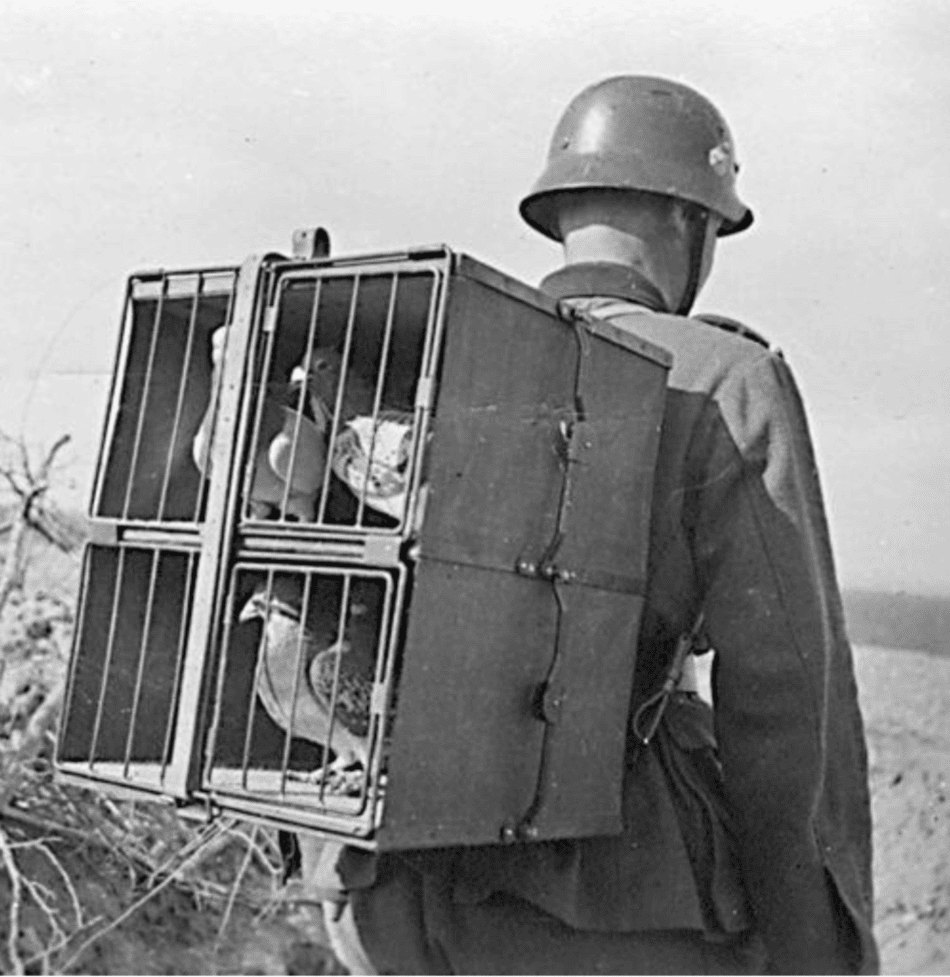Pigeons are often seen as pesky urban pests, scrounging for breadcrumbs. However, their past reveals acts of heroism that saved lives.
In October 1918, during the final weeks of World War I, New York’s 77th Infantry Division found themselves trapped behind enemy lines in France, suffering heavy losses against the advancing German Army. The unit, known as the “Lost Battalion,” saw more than half of its troops killed or captured in the Battle of Argonne. The nearly 200 remaining men struggled to alert headquarters for assistance under constant artillery fire.
To worsen their predicament, their position was misreported as an enemy location, subjecting them to friendly fire.

After several failed communication attempts, the battalion turned to homing pigeons. The first bird sent with the message, “Many wounded. We cannot evacuate,” was shot down. A second pigeon carrying, “Men are suffering. Can support be sent?” met the same fate.
With munitions and food running low and continuous fire from both sides, the desperate unit relied on their last pigeon, Cher Ami. Against all odds, Cher Ami was struck by a bullet but managed to take flight again, successfully covering the 25-mile journey to headquarters despite being shot in the chest, blinded by shrapnel, and losing a leg. The bird delivered the urgent message:
“Our artillery is dropping a barrage on us. For heaven’s sake, stop it!”

Thanks to Cher Ami’s bravery, the 194 surviving soldiers of the 77th Infantry Division were saved.
Cher Ami was awarded the Croix de Guerre by the French Army and received other honors from the United States. Despite receiving world-class medical care, including a prosthetic leg, Cher Ami died from complications a year later. The heroic bird’s body is displayed at the Smithsonian Museum in Washington, DC.
Cher Ami was not alone in showing valor. Over 30 pigeons employed during World War I have been honored for their service with the Dickin Medal, an award given to animals for “conspicuous gallantry” during war.


